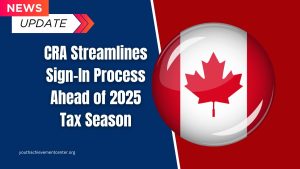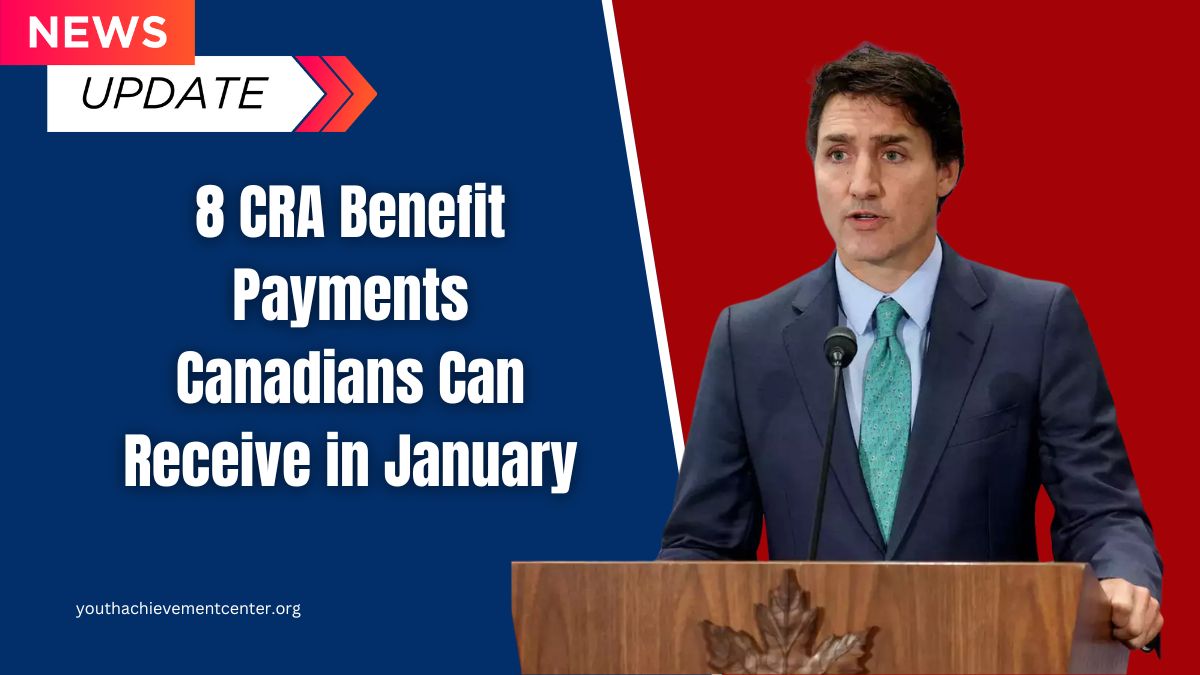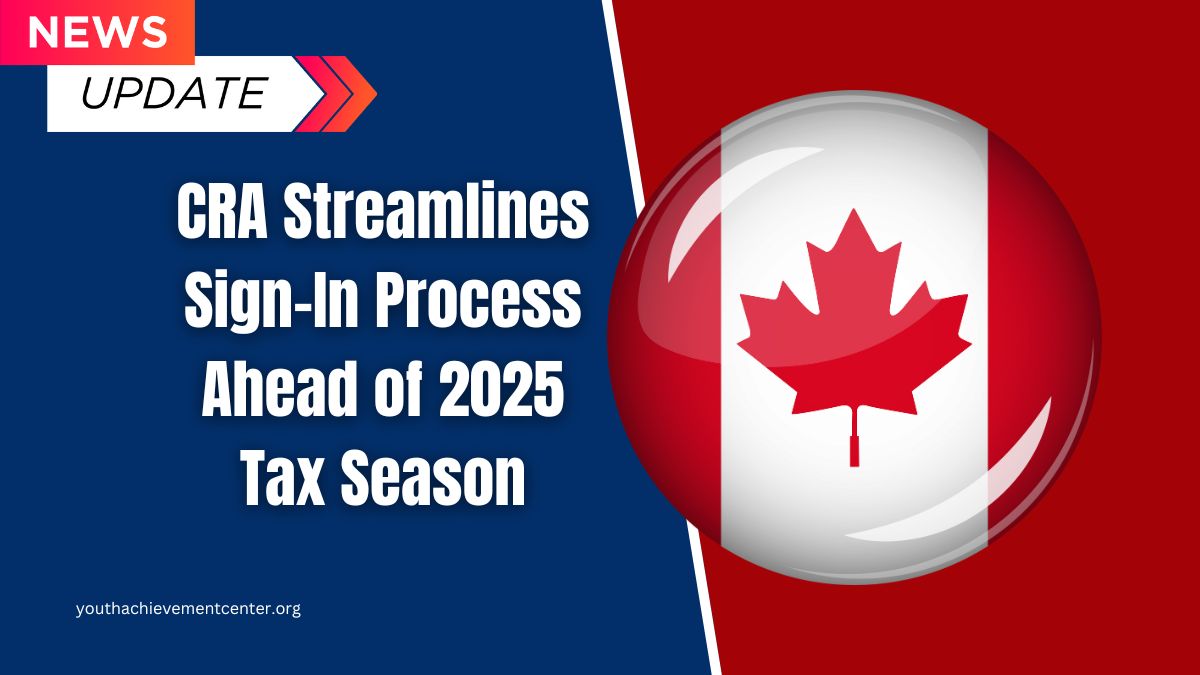The Canadian federal government has announced that the Canada Revenue Agency (CRA) will proceed with administering the proposed changes to the capital gains tax, despite the prorogation of Parliament until March 24, 2025.
These changes, initially introduced by the Liberal government in 2024, aim to increase the taxable portion of capital gains for corporations and high-earning individuals.
Understanding the Proposed Changes
In April 2024, the Liberal government proposed adjustments to the capital gains inclusion rate as part of its budget. The key changes are:
- Inclusion Rate Increase: The taxable portion of capital gains is set to rise from 50% to 66.67% (two-thirds) for corporations and trusts. For individuals, this increased rate applies to annual capital gains exceeding $250,000; gains up to this threshold will continue to be taxed at the 50% inclusion rate.
- Effective Date: These changes are applicable to capital gains realized on or after June 25, 2024.
Implementation Amidst Prorogation
On January 6, 2025, Prime Minister Justin Trudeau announced his resignation and the prorogation of Parliament until March 24, 2025. This suspension has led to uncertainties regarding various legislative measures, including the capital gains tax proposal.
Despite the lack of formal legislative approval, the Department of Finance has stated that the CRA will continue to administer the proposed changes. This approach aligns with parliamentary convention, which allows taxation proposals to take effect upon the tabling of a Notice of Ways and Means Motion.
Implications for Taxpayers
The CRA is expected to issue taxpayer forms reflecting the new capital gains rules by January 31, 2025. Taxpayers, particularly those with significant capital gains, should prepare for the following:
- Higher Tax Liability: Corporations and individuals with annual capital gains exceeding $250,000 will face increased taxable income due to the higher inclusion rate.
- Tax Planning Considerations: Individuals nearing the $250,000 threshold may need to strategize the timing of asset sales to manage tax implications effectively.
Potential Outcomes Post-Parliament Resumption
Upon Parliament’s resumption, if the government decides not to proceed with the proposed changes, the CRA would cease administering the new rules. However, until such a decision is made, the CRA will continue to enforce the current guidelines.
Financial Projections and Economic Impact
The government anticipates that the increased inclusion rate will generate approximately CAD 19.4 billion over five years, starting from the 2024-2025 fiscal year. This revenue is intended to fund initiatives such as affordable housing projects. However, the Parliamentary Budget Officer estimates a potential shortfall, projecting an increase of CAD 17.4 billion in income tax revenues over the same period.
Projected Revenue from Capital Gains Tax Changes (2024-2029)
| Source | Projected Revenue (CAD) |
|---|---|
| Government Estimate | 19.4 billion |
| Parliamentary Budget Officer | 17.4 billion |
The continuation of the capital gains tax changes by the CRA, despite the prorogation of Parliament, underscores the government’s commitment to implementing these measures. Taxpayers should stay informed and consider consulting tax professionals to navigate the evolving landscape effectively.
FAQs
What is the capital gains inclusion rate?
The inclusion rate determines the portion of a capital gain that is subject to taxation. Previously, 50% of a capital gain was taxable. Under the proposed changes, this rate increases to 66.67% for certain taxpayers.
When did the new inclusion rate take effect?
The increased inclusion rate applies to capital gains realized on or after June 25, 2024.
Who is affected by the increased inclusion rate?
Corporations and trusts are subject to the 66.67% inclusion rate on all capital gains. Individuals are subject to this rate on annual capital gains exceeding $250,000; gains up to this amount continue to be taxed at the 50% rate.






